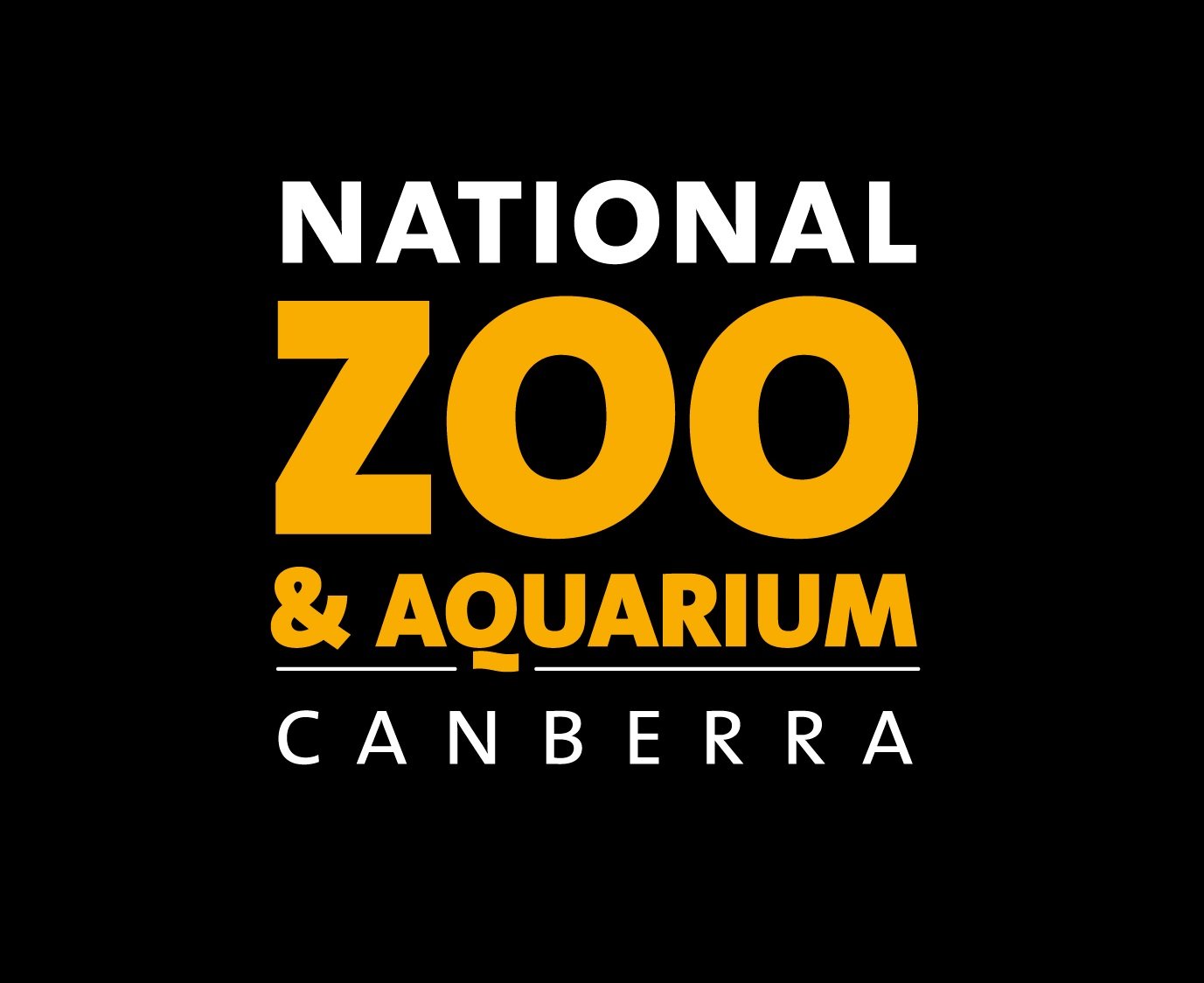Northern Bluetongue Skink
Hi! I’m a Northern Bluetongue Skink
The Northern Bluetongue Skink is the largest of the bluetongues, growing up to 60 cm. They are found across northern Australia, and feed on insects, vegetation, and small vertebrates. Northern Bluetongue Skinks have been severely impacted by the invasive cane toad. In areas where cane toads have been introduced, skinks have disappeared, or are significantly impacted and vulnerable to other threats such as fire and overgrazing by livestock. Due to this as well as the significant habitat loss the skinks were recently added to the list of critically endangered animals.
The National Zoo & Aquarium is home to 3 Northern Bluetongue Skinks: Gumnut, Myrtle, and Wattle.
Northern Bluetongue Skink Facts
Taxonomy
Tiliqua scincoides intermedia
Population Movement
Decreasing
Current Animals
Wattle, Myrtle, Gumnut
Life Span (captive)
18-20 years
Weight
280-500g
Reproduction
Mating takes place in spring. Female is ovoviviparous carrying eggs which
hatch in the body; 5-20 hatchlings are delivered live after 4 months
gestation. Young are precocial and disperse within a few days.
Conservation Status
Critically Endangered
Group Count
3
Life Span (wild)
Size
60cm max
Gestation
4 months
Distribution
Northern regions of Australia

